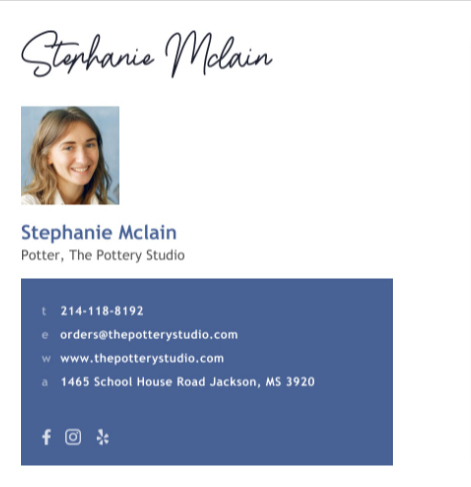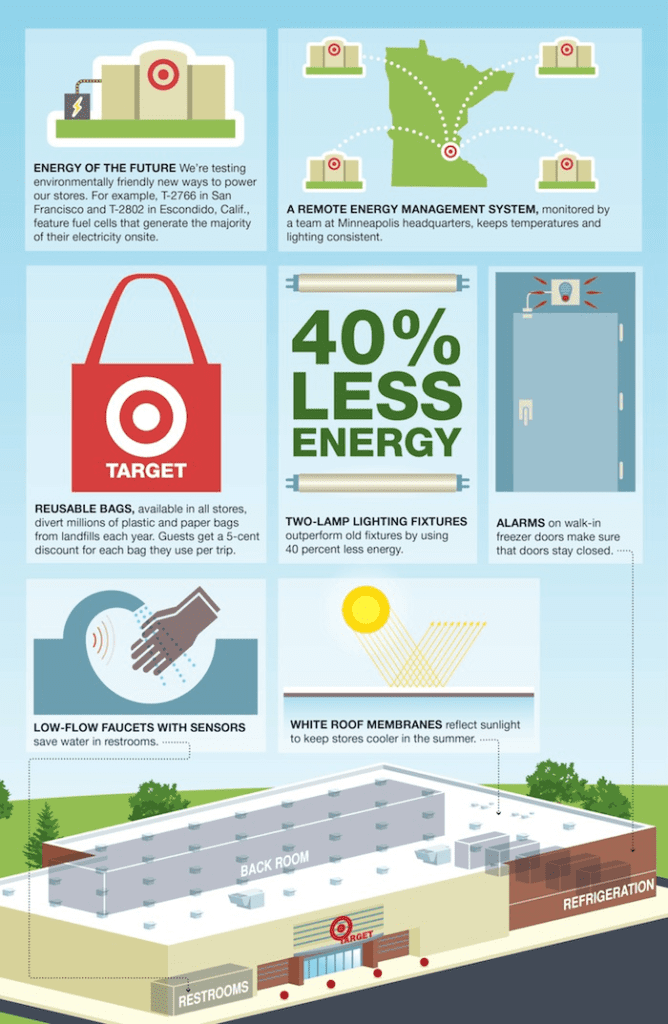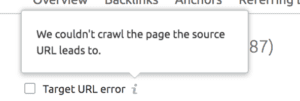
5 Most Effective Link Building Tactics to Boost Your ECommerce Rankings
Link building is a critical part of ecommerce SEO because Google counts links as votes from other websites. That’s why links are a core ranking factor in Google’s search algorithm.
Each time your ecommerce site earns a quality link (relevant and from an authoritative referring domain) it gives Google a signal that your website is trusted and authoritative. This essentially refers to the SEO juice.
So, one link from a high authority website like Buzzfeed or Ahrefs would be worth more than 100K links from a smaller and low-authority website.
Thus, getting more links increases your chances of gaining referral traffic and ranking higher in the SERPs.
In fact, a Backlinko analysis of 11.8 million Google search results revealed that the #1 result in Google has an average of 3.8 times more backlinks than positions #2 to #10.
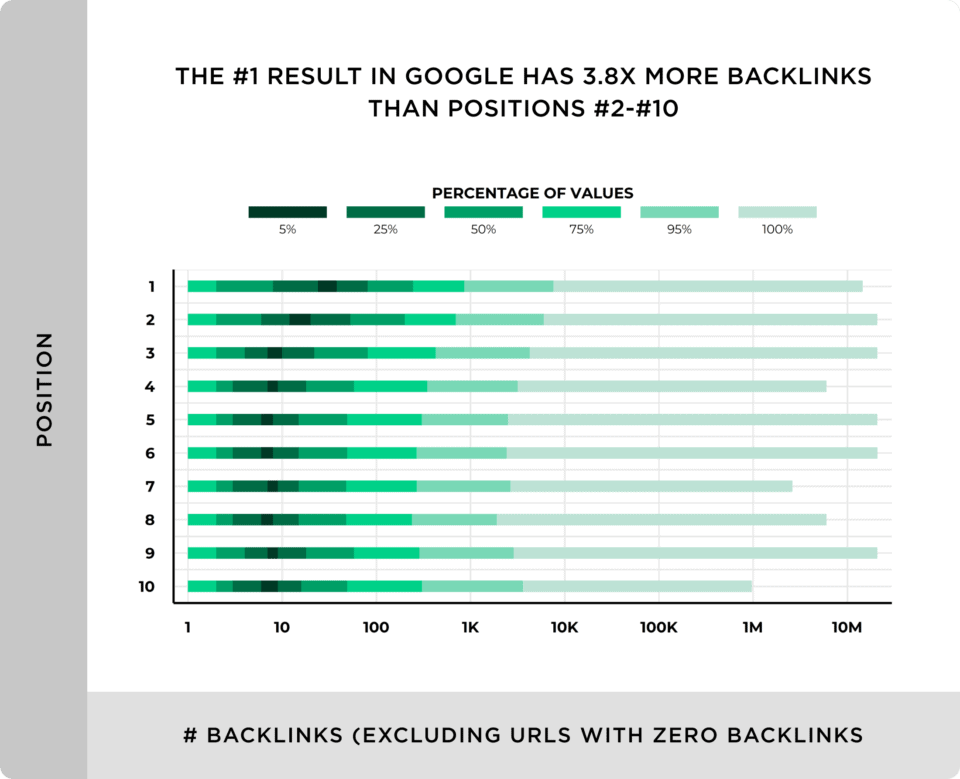
Thus, link building is critical to SEO.
Now, let’s learn a few link building strategies that can boost your store’s ranking.
1) Contribute Guest Posts and Thought Leadership Content
Guest posting is a great way to build a strong backlink profile. When you write a value-adding bylined post on authoritative websites, it offers you the opportunity to add a link to your website and showcase your stellar content to a new audience. Guest posting is also considered as a critical part of thought leadership strategy because it positions you and your website as an authority in the domain.
In a recent Edelman study of 3,275 global business decision-makers, 80% of C-suite executives said that thought leadership content increased their trustworthiness. Further, it works as a backlink magnet, generating more links to your website.
Here’s how you should go about leveraging guest blogging for link building.
Research
When creating a pitch make sure you do all the research to create a great pitch that’s impossible to ignore.
- Take a note of the kind of posts the website publishes. What topics get the most attention? What are the comments shared by the audience? Is there any topic that could be of interest and is missing on their blog?
- Get in touch with the webmaster directly. Connecting with real people will help you build lasting relationships.
- Pay attention to the content contribution guidelines.
Craft a Compelling Outreach Email
When crafting a pitch, it’s important to get to the point with the website owner. There’s no need to load them with data and facts.
Instead, be concise and use succinct sentences. Show them how your content will add value to their audience.
Further, make a lasting impression by finishing with an imposing email signature. An ideal email signature establishes and reinforces your brand image and who you are as a company. The best email sign-off is done in a professional manner while ending on an optimistic note.
Be Selective about the Website You Want to Contribute to
Pitching to authoritative website is a great idea! But how do you determine which websites are best for sharing your content?
- List down websites within your niche and brand values. For instance, if your store sells green tea, it would do no good guest blogging on a website that shares recipes for making junk food.
Instead, you would go for websites like NDTV Food or Healthline to share your content.
- Review the website’s performance. Is it really an authoritative website? Check to see if its domain authority is more than 50.
Further, the site should have over 10K engaged followers.
- Make sure you get a featured bio that includes a byline, a headshot, and a link back to your website.
2) Create a Linkable Asset
Linkable asset is any piece of content that comes with a high probability of acquiring links. These content pieces are non-promotional, well-researched, in-depth, value-adding, and evergreen in nature.
Further, they usually target a broad top-of-the-funnel audience (instead of a small audience), increasing the chances of earning links.
So, comprehensive guides, original research, glossary pages, infographics, tutorials, interactive tools, and product comparison posts would all count as linkable assets.
Here’s a linkable asset created by Target, the ecommerce chain. It shares information about the firm’s energy efficiency and other sustainability upgrades.
3) Get Credit for Product Images Used by Others (Low-Hanging Fruit #1)
If you’ve been uploading photographs of popular products on your ecommerce store, other websites will surely use them, with or without your permission. People who ask will without a doubt credit you with a link.
For others, you can ask them to link back to your website. But how can you claim links from such unauthorized use?
Find Images Used without Permission
Use Google reverse image search to find the pages the image is being used. Next, filter the results to find the pages that are actually using your image and not linking to your website.
In fact, you can automate the process of discovering such unauthorized use of images. Use tools like Image Raider to monitor new occurrences of your image use on autopilot.
Reach Out
Get in touch with the webmaster with a simple email, asking them for a link.
| Hey Peter,
Just noticed that you added one of our graphs/infographics/images in your post about [add the topic] Would you please add a link to the source? Source: [Add the domain] Cheers, Gerard |
4) Find Unlinked Mentions (Low-Hanging Fruit #2)
The easiest and most efficient way to gain links is by finding the mentions for your brand on published websites that haven’t linked back to your website.
It’s low-hanging fruit because the publishing website has already mentioned your brand. This indicates that they find value in your product, service, or content and want to share it with their audience. This places you in an advantageous position to ask for a linked mention.
So, how can you find unlinked mentions and gain a link back to your site?
Find the Unlinked Mentions Using Tools
Tools like Semrush and BuzzSumo can help you discover unlinked mentions and social shares of your content.
Look for brand name mentions but remember that not all links come from brand mentions. So, use the article name, product name, or an employee’s name. At times, the founder or CEO is mentioned in a article without a link. That could be an opportunity too!
Contact the Webmaster
Now that you have found the linkless brand mentions, find the webmaster’s contact details (usually found on the Contact Us page). You can also use LinkedIn to get in touch with a specific person in their team.
Make the Pitch and Follow Up
Now, it’s time to create a pitch that shares the benefits of your content to the webmaster and why they should invest their time and effort in inserting a link.
The pitch should clearly highlight that linking to your website will not just benefit your brand but also add value to their audience and boost their site’s trustworthiness.
Finally, don’t forget to follow up with them on email after a week or so.
5) Broken link building (Low-Hanging Fruit #3)
This is another easy method to quickly gain links. Broken link building involves identifying the broken links to your competitor websites. Look for the other websites in your niche, identify broken external links, and recommend your content as a replacement.
So, using this tactic, you can –
- Inherit links that initially points to your competitors and leverage the authority to boost your SEO.
- Quickly build links from within relevant content, thereby supporting the growth of your target pages.
Here are a few tips to go about broken link building.
Find the Dead Pages Being Linked
Make a list of your competitors that cover similar topics as yours. For this, run a search for your primary target keywords.
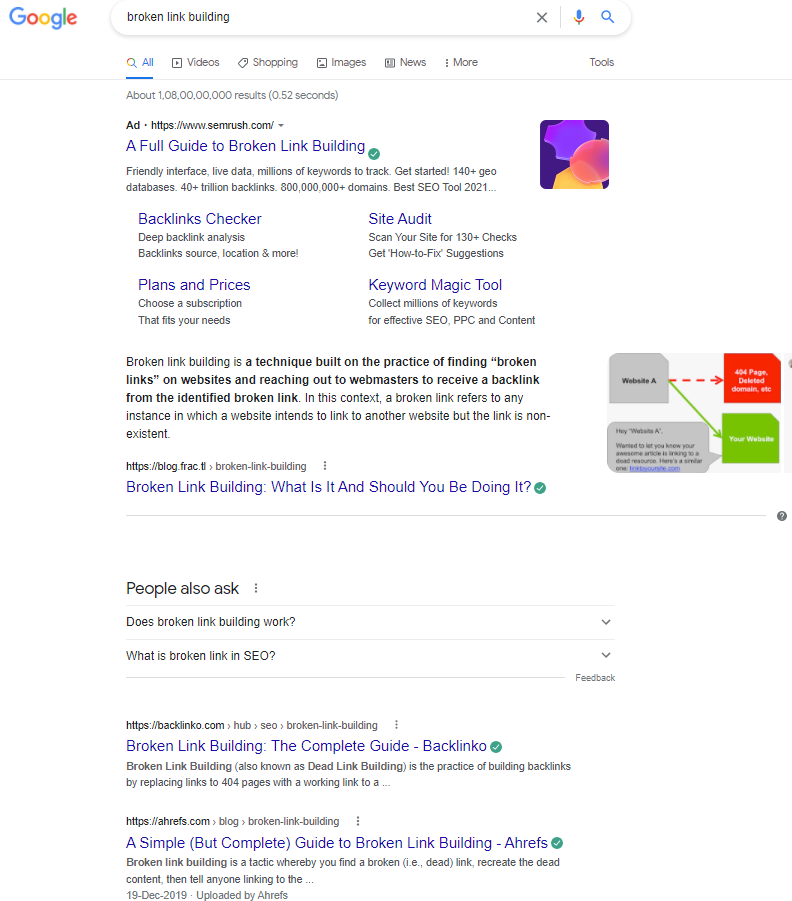
Next, use Semrush’s Backlink Analytics tool to identify your competitor’s linked 404 pages.
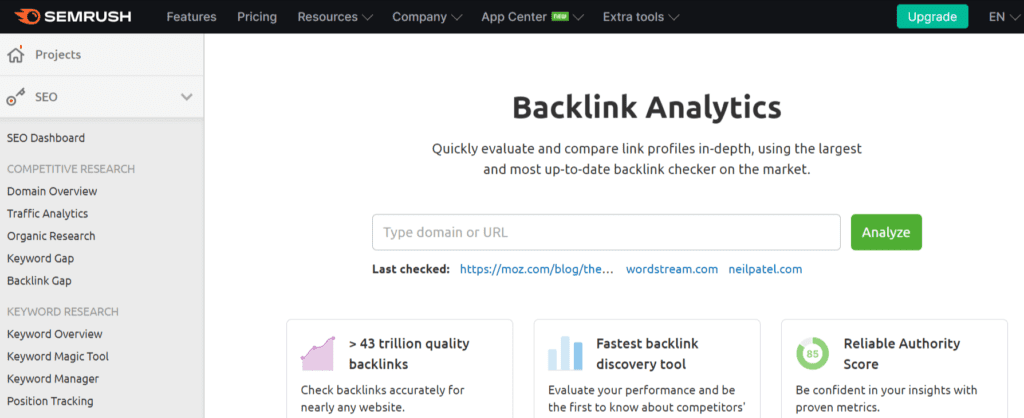
Identify the 404 pages
In the Backlink Analytics tool, if you head to the ‘indexed pages’ tab in the competitors’ domains, you will find the ‘Target URL error’ option.
Tick this option to see a list of pages competitor pages that have backlinks pointing to them but cannot be crawled.
Wrapping Up
Link building for ecommerce stores isn’t easy. But investing your time and effort in acquiring quality links is worth it.
Regardless of the size of your online store, the ultimate aim is to attract customers and generate sales. This is only possible if your website ranks higher in the SERPs.
Link building is a sure-shot way to build your reputation and boost visibility on Google’s search pages. Go ahead and use the tactics shared above to boost your ecommerce site’s online ranking and sales, but don’t hesitate to reach out to Boostability for help!
Boostability is the leader in white label SEO services for agencies across the world. Our team becomes an extension of your team, helping scale your business and achieve a new sustainable revenue stream.
Interested in learning more about white label SEO? Check out our Ultimate Guide on White Label SEO Marketing where we explain this type of partnership, the benefits and challenges, and what you should be aware of from the start!


